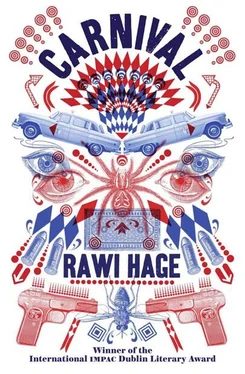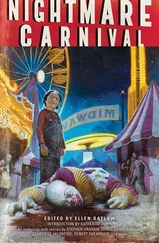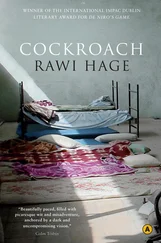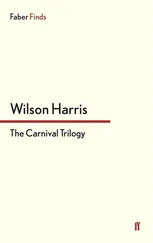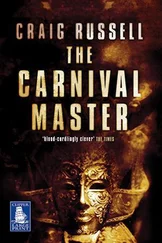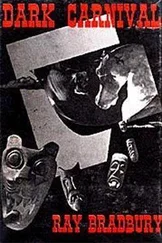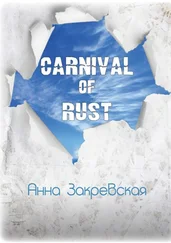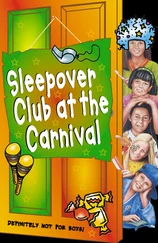The dispatchers’ records showed that none of the drivers had picked up the fatal call from a house or a specific address. Most likely the passenger or, more appropriately, the killer, had hailed the taxis off the street or off the stands. Which led the police to deduce that the killer must have chosen his victims at random.
YET THERE WERE common threads. All of the victims were male and newcomers, also known as immigrants. They all worked the night shift, and none of them bore any marks of fighting or physical confrontation. As a matter of fact, it was thought that the victims must have conversed with their killer; each of the last cigarettes smoked by the drivers turned out to be the same brand, so it appeared that the killer had offered them a cigarette.
Another detail in common was that all the cars had their radios tuned to the same spot on the dial. The frequency in question was a hip hop station, which led one policeman to let slip that they suspected a young black man or men to be responsible for the killings. The odds, they reasoned, that five middle-aged immigrant men had all been listening to this station were slim.
The killings caused panic among the drivers. The taxi commission organized a protest drive through the city. About seven hundred cars drove through downtown, resulting in a great gridlock. Flags of the countries of origin of the victims, black ribbons, and photographs of the dead men dangled from taxi windows. The families of the deceased rode at the front of the parade, and some walked alongside the cars. Some of the victims’ children carried their father’s photographs. The kids were swamped by journalists and photographers.
Young black men suddenly found themselves unable to flag a taxi off the street. Some of the drivers who used to wait, at the end of the night, at the doors of bars and dance halls that played hip hop and R&B and even jazz didn’t wait there anymore. After two in the morning, when the public transport had stopped, and the dance clubs shut their doors, one could see black kids walking in the middle of the road, waving and blocking the path of taxi drivers, even banging on their windows and hoods to try to get a ride. The police were called in one night when, after a few young black men tried to force their way into a taxi, a small riot took place. Several arrests were made.
The taxi commission blamed the mayor for the murders, because he had refused to authorize glass buffers between the front and the back seats. A buffer would limit the passenger capacity to three, and since the mayor was all about attracting families and visitors to town, a four-passenger capacity was perceived as more hospitable. The anti-discrimination league accused taxi drivers and the taxi commission of discriminating against black men. A taxi driver from a Middle Eastern country was caught on camera saying that all the problems came from them, blacks. The footage was aired on the six o’clock news. When the taxi driver was confronted by activists and people from the black community, he stated that, as a Muslim, he never differentiated between races, since the Prophet, peace be upon Him, urged good Muslims to treat all races equally, but then the driver stressed that the young blacks in the city were dangerous and immoral.
During the funeral of Number 18, the church reverend accused the local radio stations of spreading hate and corrupting the youth, and said that such stations should not be allowed to broadcast violent music that called women bitches and whores.
And then, in the course of a televised debate, a music producer replied to the accusations of a campaigning politician by stating that hip hop was listened to by everyone, regardless of race, and he cited sales statistics to prove his point. When the politician condemned the violent language, the producer reminded him that none of the lyrics was any more or less violent than those of the colonial song “Rule Britannia.”
It came to light that one of the victims, when he first entered the taxi business, had driven illegally for years. Having failed the taxi commission’s written exam because of poor language comprehension, the victim had resorted to using his cousin’s licence. Their similarity in looks could easily have fooled any inspector. At last, only six months before his death, he had finally passed the exam and been assigned the number 48. In the aftermath of his death, the taxi union representative raised the issue of exclusion and demanded that taxi permit exams be permitted in many other languages.
At the taxi stands, drivers were urged to look out for each other and to be leery of customers who hailed them from the streets. Many of the drivers decided to stop working the night shift and switched to mornings. Of course, the owners of the cars hiked the rental fees for morning shifts. The Carnival was still on and some taxis refused to take people with masks on. Those who did made sure to look at the skin colour of the passenger’s hands before unlocking the doors. A gay couple who were dressed in matching cowboy suits and hats were refused entry to a cab because of the plastic guns that rested at the sides of their exposed hips. When they complained to the commission, the driver stated that he had also refused them for hygienic reasons: one of the cowboys wore leather pants that left his ass completely bare in the middle.
Headlines such as Are Taxi Drivers Racists? flashed across the news. “The Newcomers Who Discriminate,” a special report, was repeatedly aired on various radio stations. “Should We Tolerate Those Who Don’t?” was another variation on the same theme. The only woman taxi driver in the city, a butch named Baby, was pursued by three different producers to be interviewed.
Is taxi driving dangerous for a woman? she was asked on air.
Not if the doll is riding with me, honey, Baby answered, and laughed.
And then a young graduate from the creative writing department of the local university, who had driven a taxi for two years, was contracted by a publishing house to gather taxi stories. The book was to appear in the fall, in time for the national awards season. The title of the book was Taxi Stories .
INDEED THE TAXI killer, as he was called in the news, triggered a new interest in the romantic and dangerous side of the taxi profession. Journalists and producers would hire a taxi for a whole day for a flat fee, or simply let the meter run while they asked the driver questions or rode with him through so-called dangerous neighbourhoods. Taxi drivers were ushered into the labyrinths of the TV stations for interviews. They were offered cups of water from the cooler and called by their last names, which were mispronounced by secretaries and producers alike. The anchors would often come out of their glass rooms and shake the drivers’ hands, and they would ask them the correct pronunciation of their names, repeating it to themselves many times on their way back to their high chairs and microphones. In many sound studios, wires were passed underneath the drivers’ jackets, all the way up their necks, and down inside their ears. Sudden voices saying things like Can you hear me, sir? elicited fierce head shakes by some South Asian drivers, which made it hard for the technicians to detect the meaning of the answer as a yes or a no. Makeup was applied to the drivers’ foreheads and below their eyes to cut the flare and shine. Some drivers, though, refused to wear makeup, stating that it was a woman’s affair.
Nearly overnight a reality TV producer introduced a new show, The Longest Ride , which consisted of celebrities driving taxis equipped with hidden cameras. The show was almost cancelled after a passenger attempted to mug a celebrity driver at gunpoint. The television crew that was following the taxi in a separate car saw the gun in the kid’s hand and alerted the police. It could well have escalated into a hostage-taking situation if the celebrity hadn’t informed the mugger that he was without cash because, he said, This is The Longest Ride ! The mugger, who happened to be an admirer of the show, was ecstatic to discover that he was on television, and he agreed to sign a modelling contract before he surrendered to the police.
Читать дальше
